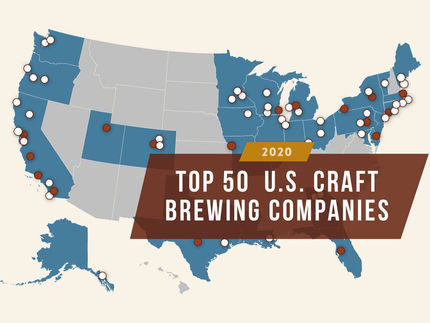Reality check on the use of AI in the heart of the German food industry
Digital Food Monitor 2025 shows an industry caught between change and uncertainty
Advertisement
The German food industry is on the cusp of a profound digital transformation. With the Digital Food Monitor, published for the first time, communications consultancy Engel & Zimmermann and food and AI expert Hendrik Haase present a comprehensive reality check on the use of artificial intelligence (AI) in the industry in a joint project. The study shows: The topic of AI has arrived on the management floors of the food industry - but there is still a significant gap between a strategic approach and everyday practice.
The survey of decision-makers - all at owner and management level - reveals a high level of interest in AI and initial pilot projects. At the same time, there are numerous structural hurdles: a lack of know-how, a lack of orientation and uncertainty about benefits and costs are slowing down development. The proportion of AI-supported processes is currently less than 10 percent. So far, AI has mainly been used selectively - for example in the predictive maintenance of systems, in process automation or to reduce energy and water consumption.
AI use mainly with ChatGPT & Co. but not in data-driven creativity
What is particularly striking is that AI is hardly used in product development, the key area of entrepreneurial innovation. "While start-ups have long since shown how data-driven creativity enables new products, this area remains an analog fortress in many established companies. The industry runs the risk of cultivating innovation rhetoric without developing real innovation dynamics," concludes Hendrik Haase.
A key obstacle is the lack of specialist knowledge. Only just under a third of respondents estimate that their team has basic AI knowledge. In-depth analytical skills and knowledge of industry-specific applications are virtually non-existent. Instead, generic tools such as ChatGPT or Copilot dominate - an indication that AI is currently seen more as an operational tool and less as a strategic lever.
However, there are also positive signs: many companies are planning concrete pilot projects and investing in training, which indicates that AI is increasingly being seen as a cultural and structural transformation. The willingness to build up expertise is high - however, the external recruitment of tech talent is viewed skeptically. Budget limits and a lack of access to specialists make it clear that the food industry has hardly been perceived as an attractive field of activity by digital experts to date.
Desire for networking and exchange of experience
Another structural deficit is the lack of networking. Although some companies cooperate with start-ups, research institutions or technology providers, overarching networks that specifically address the interface between food and tech are rare. This is precisely where decisive impetus for new solutions and strategies could arise. "In our many conversations with decision-makers in the German food industry, this is a statement that we come across time and again: There is a lack of exchange, a lack of a platform to help medium-sized companies take the first steps in this all-important subject area," says Frank Schroedter, Managing Director of Engel & Zimmermann.
Government support has also fallen short of expectations so far. Almost 90 percent of the companies surveyed have not yet made use of any support programs. The majority would like to see more practical advice, more targeted programs and a clearer political framework - especially with regard to the needs of SMEs.
Ethical issues have so far played a subordinate role in dealing with AI. When concerns are expressed, they mainly relate to data protection, liability and transparency. Concerns about job losses or social impacts are surprisingly low. At the same time, sovereignty over one's own data is cited as a key criterion for the acceptance of AI. Anyone who wants to train their own AI systems or develop data-driven business models in the future must lay the foundations for this today - including clear rules for data use, storage and control.
Conclusion: Strategic orientation still lacking, initial movements are visible
The Digital Food Monitor 2025 shows an industry caught between new beginnings and uncertainty. There is openness and initial movement - but there is a lack of strategic orientation, in-depth knowledge and structural support. To ensure that AI remains more than just a buzzword in the food industry, platforms for exchange, binding guidelines and tried-and-tested practical examples are needed. Only if AI is seen as a driver of innovation - and not just as an efficiency tool - can it make a sustainable contribution to the future of the industry.
Note: This article has been translated using a computer system without human intervention. LUMITOS offers these automatic translations to present a wider range of current news. Since this article has been translated with automatic translation, it is possible that it contains errors in vocabulary, syntax or grammar. The original article in German can be found here.
Other news from the department business & finance
Most read news
More news from our other portals
See the theme worlds for related content
Artificial intelligence (AI) for food and beverages
Artificial intelligence (AI) is optimizing the food and beverage industry through automated quality control and more accurate demand forecasting. AI plays a particularly important role in product development by analyzing taste preferences and market trends. This allows new products to be developed that are better tailored to consumer needs, increasing efficiency and customer satisfaction.

Artificial intelligence (AI) for food and beverages
Artificial intelligence (AI) is optimizing the food and beverage industry through automated quality control and more accurate demand forecasting. AI plays a particularly important role in product development by analyzing taste preferences and market trends. This allows new products to be developed that are better tailored to consumer needs, increasing efficiency and customer satisfaction.






























































